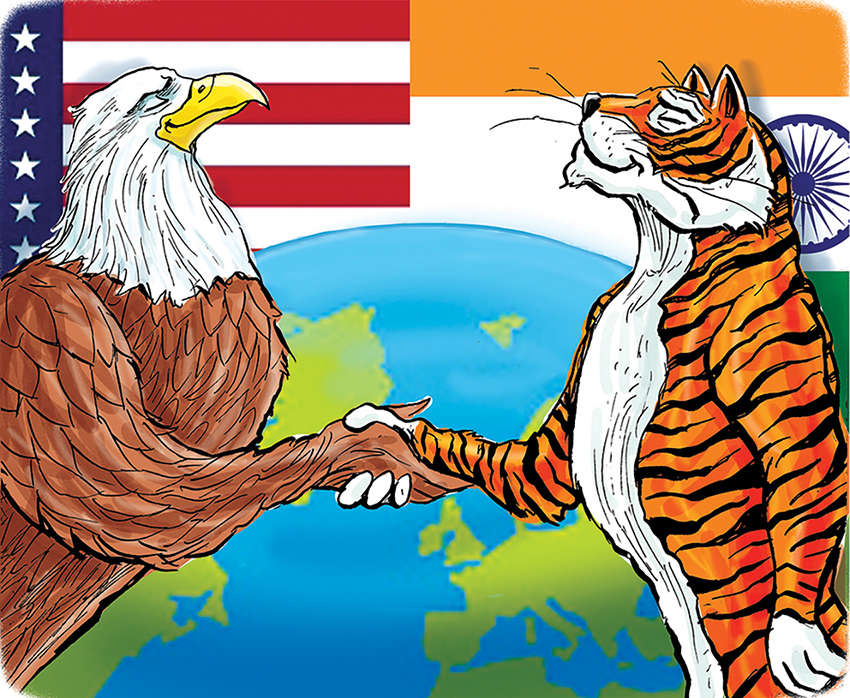What will it take for small businesses to be the driving force behind India’s post-pandemic growth?

The Covid pandemic has caused the contribution of 64 million SMEs to come down to 25% from 29% before the pandemic, with more value being destroyed than earned. From this situation, to make them the driving force of India’s economic progress implies that they need to influence 40% of India’s economy. The jump from 25% to 40% of India’s GDP is a tall order. Bold huh?
If one looks at India’s small and medium-sized enterprises’ shape, one will find a long tail of suboptimal, subscale enterprises. A little over 95% of this population is below the threshold of $1 Mn revenue. In addition, there are millions of dollars supporting the ‘wannapreneurs’, who want to become entrepreneurs chucking the usual employment options, which would have been pursued actively, had the pandemic not hit the world. One can estimate an addition of several 1000s of such mini entrepreneurs in the next three years due to three reasons:
Firstly, the pandemic has jolted the employment potential in urban and rural markets. In the aftermath of the pandemic, one can still sense fatigue in job seekers’ minds as they are frustrated at not having enough jobs. This situation will continue till the end of 2021, thankfully, with a much lesser severity than in 2020.
Secondly, rural areas supplied low value but incredibly valuable construction talent to the urban markets, resulting in labour migration that happened between 2008 and 2018. This started waning down in 2019, and in 2020 it was halted due to pandemic. Now the same labour is not necessarily returning to urban settings, finding a way to earn money to support their families, resulting in many of them choosing to start small businesses in rural settings.
Thirdly, there are lots of funding opportunities pursuing small wannapreneurs. If one considers the funding impetus from public and private funds taken together, 80-90% of the new capital flows aim to support mini, micro and small enterprises.
Now, consider the $500 bn credit deficit among SMEs, expected high incidence of NPAs between 3-30% dissuading the banks and NBFCs from lending to SME communities (several NBFCs have pivoted to micro-enterprises in recent times), expected CAGR of 11% of revenue growth for most of the SMEs, with India’s GDP expected to be 6-7% in 2021.
Today, 75% of the economic activity of the MSMEs occurs between themselves. The intent would be to reduce it and make them capable enough to transact with the mid-large enterprises to make the value chains tighter and integrated. On the other hand, large corporates have taken a cautious view of whom they would want to do business with post-pandemic. This implies that the domestic trade and business mix will remain somewhat the same at worst and limping by a few percentage points at best.
In the times of protectionism by developed countries in Europe and the US, China’s business and trade war with the US, the inter-country trade corridors will become sharper in their trade relations and diplomacies. The implication is that there would be cautious uptake in cross border relations to improve the SME trade.
With new capital flowing to micro and small, market needs for micro to become small and small to become medium, it remains to be seen whether the capital flow yields returns to capital owners, sufficient enough not only to make micro and small enterprises recover, reset and resurge but material enough to generate value surplus by becoming larger, more influential in their economic activity.
The question of SMEs being the driving force of India’s economic activity is pertinent, but the demand engines need to revving up much more for that to happen. SMEs’ shape and size have yet to experience fitness while the demand engines in both the domestic and international markets remain under repairs.
One thing is sure; one would witness hope and heightened action. By 2023, one hopes to see a fitter SMEs landscape with directionally healthy top and bottom line, at best. At worst, one would witness an amplified problem of bad debts with the sick MSMEs continuing to ask for more while the fit SMEs will need more support and guidance to scale.
Disclaimer
Views expressed above are the author’s own.
END OF ARTICLE






